AARP Hearing Center


Older adults are increasingly turning to cannabis to alleviate pain, get help with sleep, improve mental health or cope with other medical conditions, new research finds.
One in 5 people (21 percent) ages 50-plus said they used some form of cannabis — be it food, drink, flower or another type— at least once in the last year, a report from the University of Michigan’s National Poll on Healthy Aging found. That’s up from 1 in 8 (12 percent) in 2021. In 2015 and 2016, roughly 3 percent of adults 65 and older used cannabis, according to research published in JAMA Internal Medicine.
The increasing share isn’t that surprising, says Erin E. Bonar, a University of Michigan addiction psychologist who worked with the poll team on the latest report. Recreational use of cannabis is legal in 24 states plus the District of Columbia, and an additional 14 states allow it for medical use. But Bonar says seeing the number rise does cause some concern, especially for older adults who are at higher risk for some of the drug’s side effects.
Why older adults use cannabis
Adults 50 and older are turning to cannabis to:
- Relax (81 percent)
- Get help with sleep (68 percent)
- Enjoy the effects / feel good (64 percent)
- Get help with pain relief (63 percent)
- Get help for mental health or mood (53 percent)
- Treat a medical condition (40 percent)
- Make a social gathering more fun/connect with others (31 percent)
- Celebrate (26 percent)
- Experiment (18 percent)
Source: National Poll on Healthy Aging
“We see more people using cannabis as it’s legalized, and we don’t have enough information yet to know: Are there safe ways of using? Are there recommended guidelines?” says Bonar, a professor in the department of psychiatry at Michigan Medicine. “So seeing the number creep up like that in the absence of really good scientific data to help guide people’s decisions with this, that’s a little bit concerning.”
The research, supported by AARP, focused only on cannabis products that contain THC, the psychoactive compound responsible for generating that “high” feeling. CBD products, which have also grown in popularity among older adults, are different, as they contain only very small amounts of THC.
Older adults are using cannabis to help with health issues
Sixty-eight percent of poll respondents who used cannabis products did so for help with sleep, the researchers found. Many also cited pain relief (63 percent), mental health and mood (53 percent) and relaxation (81 percent) as reasons for using cannabis.



























































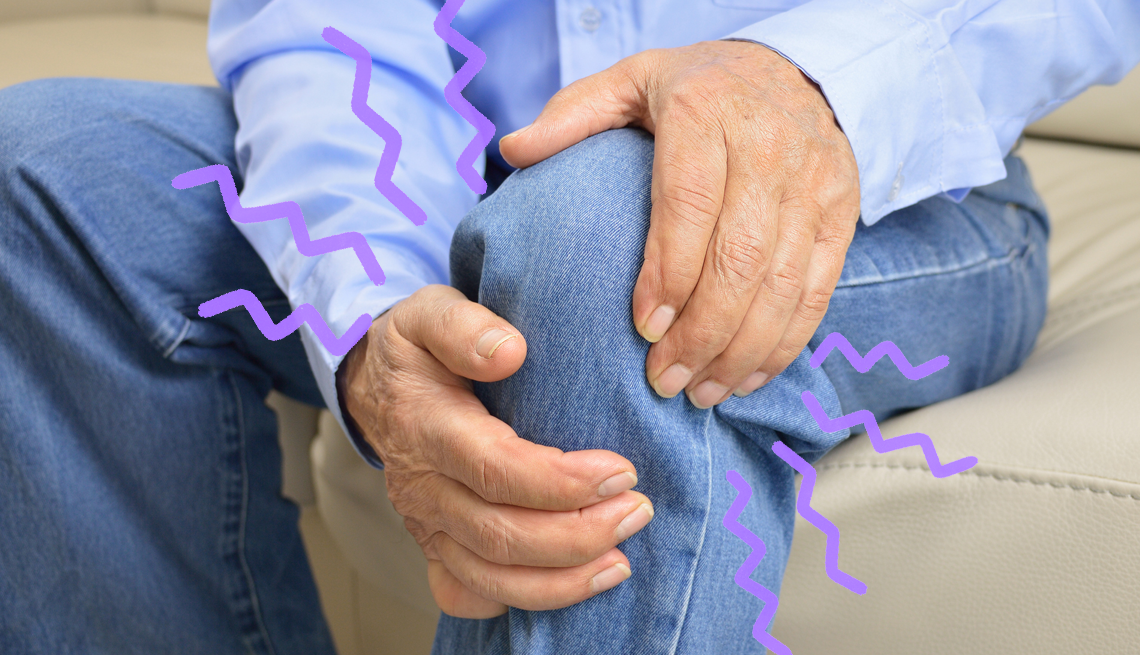
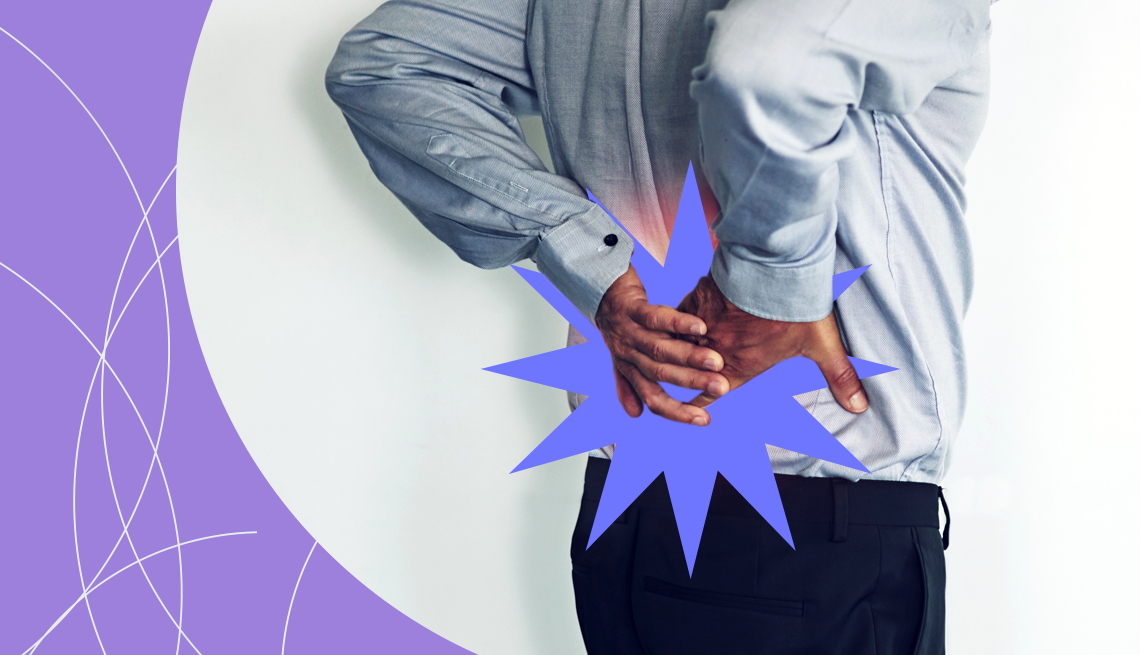


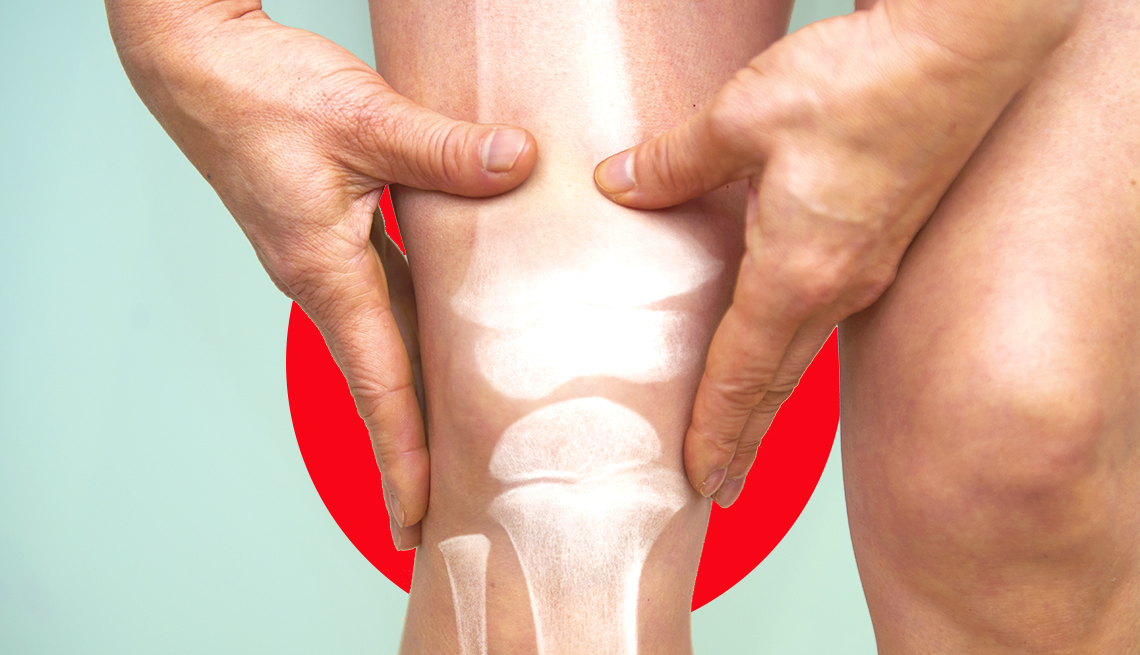

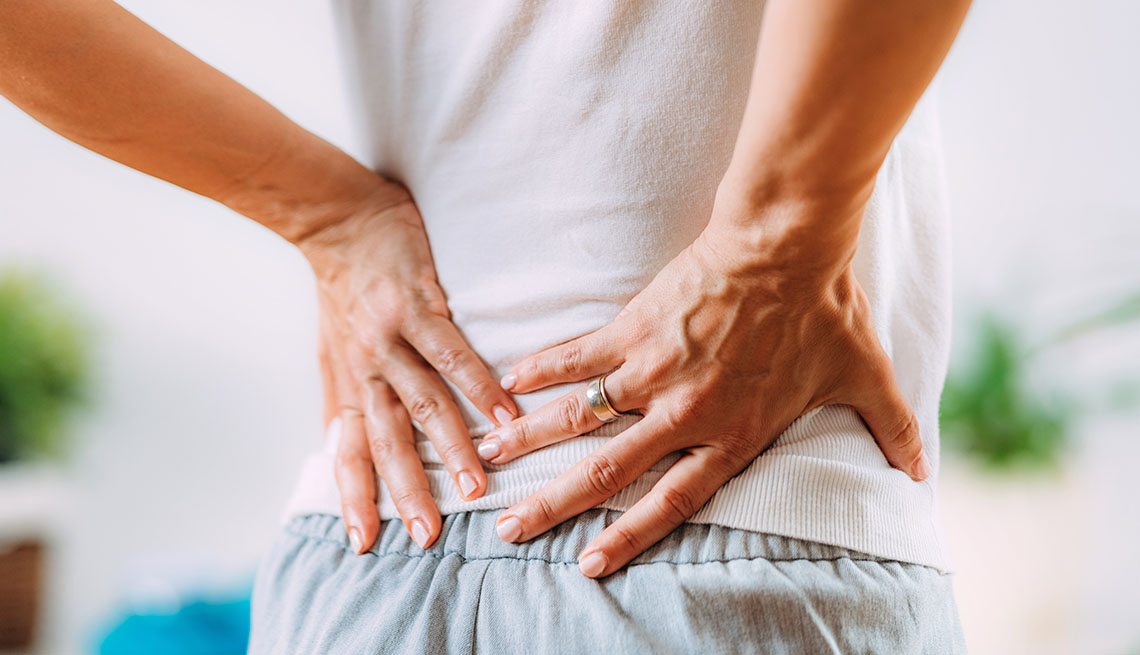

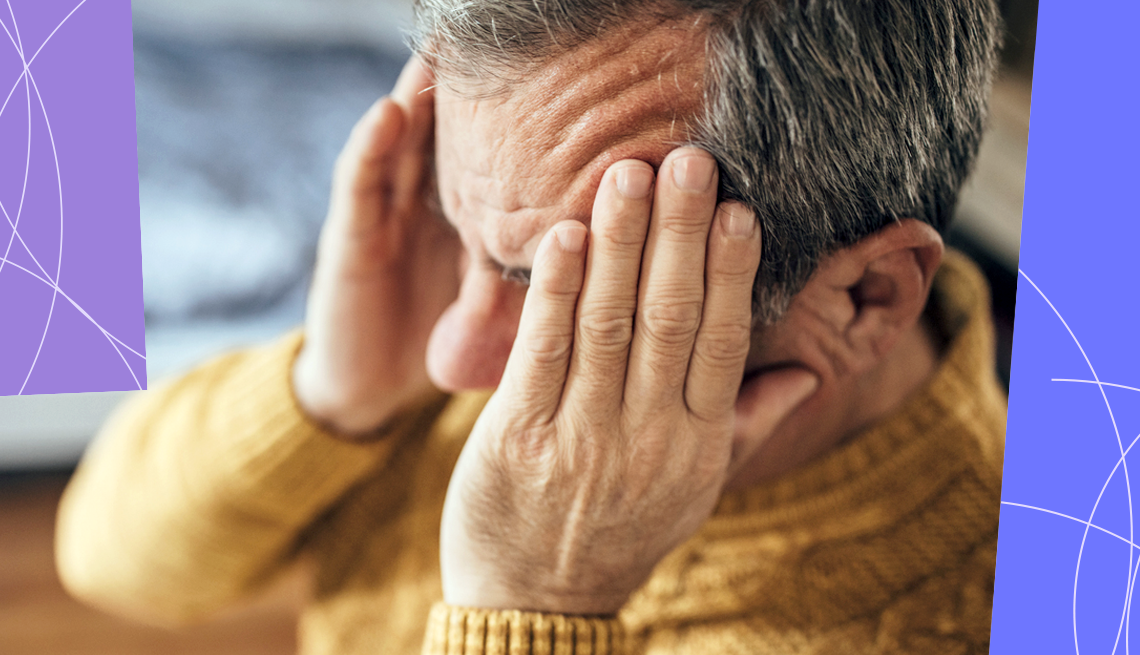






More From AARP
Can You Overdose On Marijuana?
Learn about the importance of age-specific dosingHow to Create a Sleep Sanctuary and Other Tips for a Good Night's Sleep
13 habits to give your body the rest it needs
How to Manage Chronic Pain
New treatments, including nondrug and nonsurgical options, may help you live more comfortably
Recommended for You